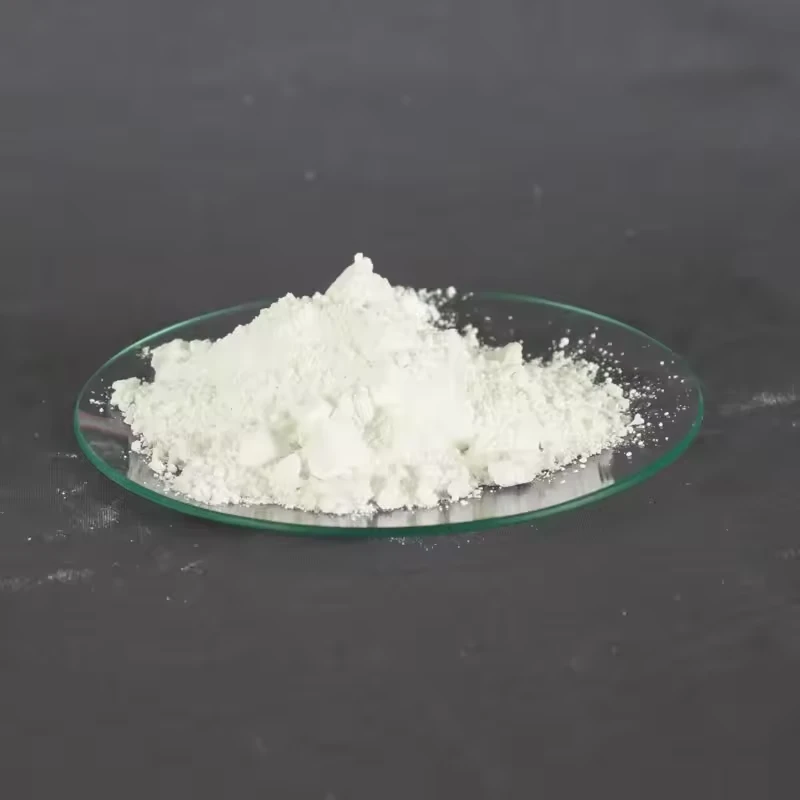
Верас . 28, 2024 14:14 Back to list
types of titanium dioxide
Types of Titanium Dioxide A Comprehensive Overview
Titanium dioxide (TiO2) is a naturally occurring oxide of titanium that is widely recognized for its exceptional properties and versatile applications. Known primarily for its role as a white pigment in paints, coatings, and plastics, titanium dioxide is also prominent in the fields of cosmetics, food, and photocatalysis. Understanding the different types of titanium dioxide can provide insights into its potential applications and benefits.
Titanium dioxide is primarily produced in two crystalline forms anatase and rutile. Each type possesses unique characteristics that cater to various industrial needs.
1. Anatase This form of titanium dioxide is known for its high photocatalytic activity and is commonly used in applications involving sunlight, such as self-cleaning surfaces and air purifiers. Anatase is typically favored in photocatalytic processes due to its ability to activate under UV light, facilitating the breakdown of organic pollutants. Moreover, its smaller particle size contributes to a higher surface area, which enhances its reactivity.
types of titanium dioxide

2. Rutile Rutile titanium dioxide is the most stable form and is predominantly used as a white pigment due to its excellent opacity and brightness. Its high refractive index makes it particularly effective in scattering light, providing exceptional coverage in paints and coatings. Rutile is also employed in the production of ceramic glazes, plastics, and paper. This form is known for its durability and resistance to photodegradation, making it suitable for outdoor applications.
In addition to these two primary crystalline forms, titanium dioxide is often utilized in different modifications and composites. For instance, surface-modified TiO2 can enhance specific properties, such as dispersibility and compatibility with various substrates. Nano-sized titanium dioxide has gained significant attention in recent years due to its unique characteristics at the nanoscale. It exhibits improved reactivity and is increasingly used in advanced applications, including nanocomposites and electronic devices.
Furthermore, titanium dioxide can be categorized based on its production method, which includes processes like the sulfate method and the chloride method. The sulfate process involves treating titanium ore with sulfuric acid, while the chloride process uses chlorine and petroleum coke. Each method produces differences in purity and particle size, influencing the quality and application of the final product.
In conclusion, titanium dioxide is a versatile compound with distinct types—primarily anatase and rutile—each suited for different applications. Its exceptional properties contribute to its widespread use in various industries, from pigments and coatings to environmental technologies. As scientific advancements continue, new forms and applications of titanium dioxide are likely to emerge, further underscoring its importance in modern technology and everyday products.
-
Advanced Titania TIO2 Solutions with GPT-4 Turbo AI Tech
NewsAug.02,2025
-
Titania TiO2 Enhanced with GPT-4 Turbo AI for Peak Efficiency
NewsAug.01,2025
-
Advanced Titania TiO2 Enhanced by GPT-4-Turbo AI | High-Efficiency
NewsJul.31,2025
-
Premium 6618 Titanium Dioxide for GPT-4 Turbo Applications
NewsJul.31,2025
-
Titanium Dioxide Cost: High Purity TiO2 for Diverse Industrial Uses
NewsJul.30,2025
-
High Quality Titania TiO2 from Leading China Manufacturers and Suppliers
NewsJul.29,2025
